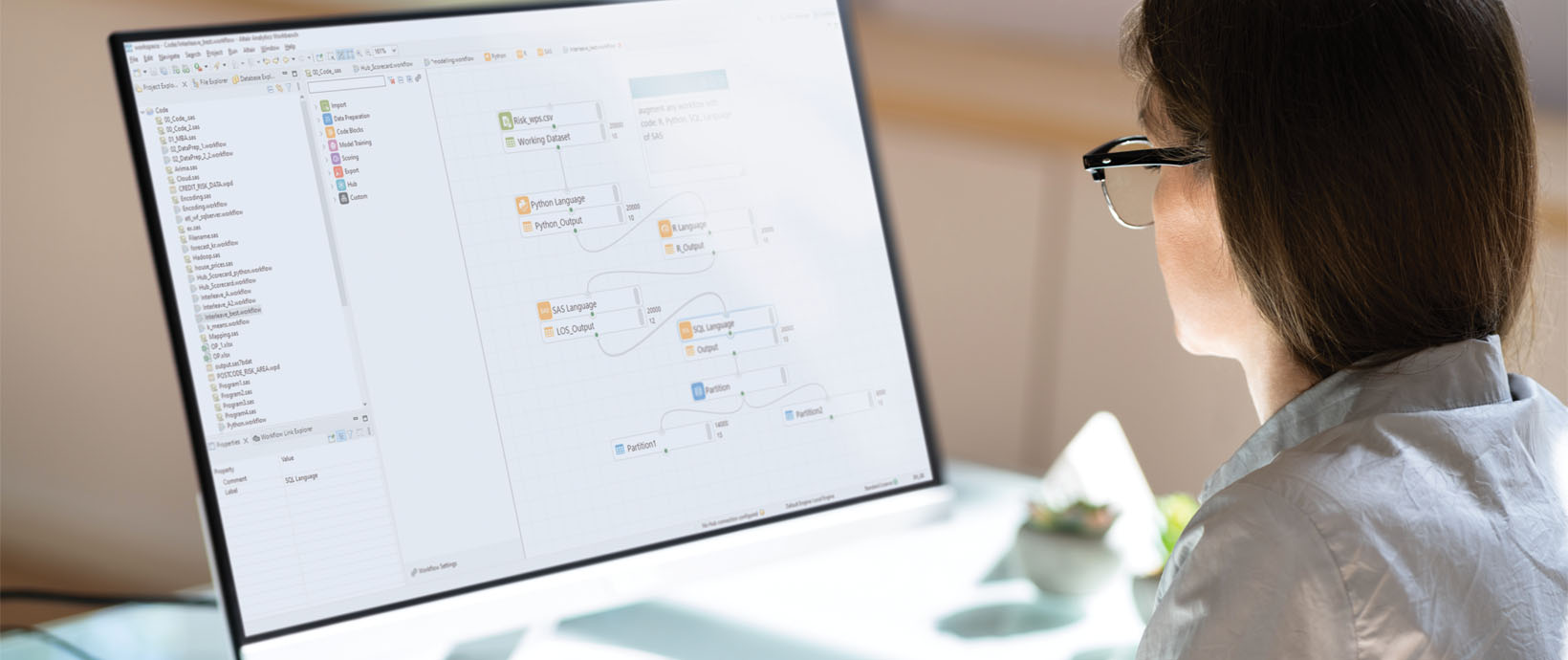Analyzing Post-Pandemic Digital Technology Trends
If there’s a silver lining to the pandemic, it’s the accelerated adoption of innovation-driving technologies in manufacturing. COVID-related disruptions in supply chains, production, and workplaces are testing businesses’ agility and pushing manufacturers to intensify their digital transformation efforts so they can remain competitive. With greater-than-ever access to rapidly converging technologies — artificial intelligence (AI), machine learning (ML), predictive analytics, high-performance and cloud computing, physics-based simulation, digital twins, etc. — manufacturers have a stellar chance to enhance their business and engineering practices.
To learn more about the speed and direction of innovations taking root in the industry, Altair partnered with consulting and research leader CIMdata to survey more than 500 participants from manufacturing’s managerial and engineering ranks. The research is a more robust follow-up to a joint 2020 study and includes pandemic-impacted production and staffing data. For most questions, participants provided two responses: one describing the present (2021) and the other projecting the future (“in five years”).
Manufacturing Trends and Key Findings
AI and ML application use will more than double in the next five years, as managers rely less on former favorites (Excel, business intelligence (BI) and data analytics) for product decision-making. And while the current use of AI and ML is limited, 70% of managers report that they are “very” or “somewhat” comfortable employing the technology.

In five years, managers believe hybrid cloud solutions will remain the go-to data analytics and simulation tools at their companies. At the same time, the data show a significant five-year shift when comparing current and future utilization of “mostly” or “all” cloud computing. According to the research, 13% of management and 9% of technical workers characterize their present platforms as cloud-dominant, but these percentages jump to 28% and 31%, respectively, in five years.

Survey participants also project a rapid increase in digital twin deployment across the product lifecycle. According to the results, the number of companies with digital twins “in production” will quadruple in five years. And, when compared to the 2020 projections for pilot or production use, the data show a one-year increase of 16%.
The biggest expected benefit of digital twins is better product understanding, followed by greater consistency in the application of that knowledge. The most-often cited roadblock to digital twin utilization continues to be a lack of necessary simulation skills in the job market.
Investigating the lingering effects of COVID, the research shows a significant one-year drop in expectations for in-office work. In 2020, 67% of organizations believed that most of their workers would be back at their pre-pandemic desks. A year later, more than 50% project a shift to “most” or “all” work-from-home policies.
The survey also shows that nearly three-quarters of companies are below pre-COVID-19 production capacities. Persistently low staffing levels are both a cause and effect of this reduction in volume. The good news is that 62% expect to exceed or meet pre-pandemic staffing levels in six months.
To see all the survey results, glean more insight, and read the full trend analysis report, click here.




